The dawn of a new era is upon us, presenting an exciting revolution in the realm of construction work gear. Now, more than ever, advances in technology and material science are reshaping the way construction workers operate, ensuring greater safety and improving overall job performance. From sturdy helmets to tech-sophisticated clothing, this transformation has been largely prompted by a pressing desire to manage the inherent risks in construction sites while driving efficiency and productivity.
This piece delves into the next generation of construction work gear, illuminating the strides already made and the innovations set to define 2024. Embrace the remarkable journey of discovery as we explore the evolution, future advancements, impacts, and challenges of implementing this new gear in the construction sector. With new technologies ever on the horizon, the future of construction work gear promises to be anything but ordinary.
The Evolution of Construction Work Gear
From the ancient Egyptian pyramids to the towering skyscrapers of today, there's an undeniable truth: the world of construction, along with the gear workers use, has undergone an extraordinary transformation. In understanding these changes, we can gain valuable insights into how we can continually improve safety and efficiency in the construction domain even further.
Past Trends and Innovations
In the past, construction work gear was decidedly more basic compared to what we have today. Workers had to rely on simple tools and rudimentary safety equipment, making their jobs not only tedious but also remarkably hazardous. Yet, it wasn't all doom and gloom as these conditions spurred many ground-breaking innovations.
One can't help but admire the fortitude of those early builders who, despite the lack of advanced technology, managed to construct awe-inspiring structures like the Great Wall of China and the Roman Aqueducts. They depended solely on manual tools like hammers, chisels, and pulleys. For safety, they used thick leather aprons and gloves, rudimentary goggles, and even braided rope as precursors to modern harness systems.
This period was an essential part of our labor history. It was a time of tremendous resilience and innovativeness that paved the way for the extraordinary advancements in construction that we enjoy today.
Current Technology and Materials
Fast forward to present times, and the landscape of construction work gear has dramatically changed. No longer are workers limited to simple hand tools and basic safety gear. Today, you'll find state-of-the-art equipment that leverage cutting-edge technology for maximum safety and efficiency.
For instance, some of the most prominent advancements are visible in our safety gear. Items like hard hats, work boots, and safety vests now integrate high-tech materials like carbon fiber and Kevlar - offering unprecedented levels of protection. We have also seen advancements in tools, where laser-levels and cordless drills have replaced their manual counterparts, exponentially improving precision and efficiency.
Furthermore, the construction industry has also started paying attention to the comfort and suitability of work gear for various climates. One perfect example is work gear designed with special features like insulation and weather resistance, proving essential for construction work in cold climates.
But taking it one step further, Work Gear Features for Cold Climate not only offers protection against the elements but also enhances worker productivity. These specialized gears are designed to trap body heat, resist water and wind, allowing personnel to conduct their duties unhindered by the weather.
Considering the rapid advancements and relentless innovation in construction work gear, it's safe to say that the future holds even more exciting developments. By learning from the past and embracing new technologies, this industry has showcased its adaptability and commitment to continuously improving the lives of construction workers. We eagerly look forward to seeing what lies ahead.
Advancements on the Horizon for 2024
As we gear up for 2024, the world of construction is set to see dramatic transformations with an array of groundbreaking advancements in materials and technology. Every year, new innovations forge the path for a smarter, safer, and more efficient construction industry. Let's delve into what's in store for us.Materials Innovations
One of the most exciting developments lies in the realm of material science. With a focus on sustainability, durability, and efficiency, material innovations are all set to revolutionize the construction industry. Here's what we can expect:- Greener Materials: With an increasing global emphasis on eco-friendly practices, the use of sustainable construction materials is likely to surge. These materials, made from recycled or renewable resources, will not only reduce environmental impact but also prove more cost-efficient in the long run.
- Self-healing Concrete: Pioneering a breakthrough in the industry, self-healing concrete has the potential to significantly reduce maintenance costs and enhance structural longevity.
- Advanced Insulation Materials: Aimed at boosting energy efficiency, advanced insulation materials, such as aerogels and vacuum insulated panels, promise optimal thermal performance in a compact package.
Technological Additions and Improvements
In conjunction with material innovations, technological advancements are set to redefine the construction landscape. They promise improved accuracy, productivity, and safety. Among the most anticipated include:- Robotics and Automation: From autonomous drones for site surveying to automated bricklayers, robotics will continue to automate repetitive tasks, promoting safety and reducing human error.
- AR and VR: Augmented reality (AR) has been making waves in the construction industry for visualizations, while virtual reality (VR) provides immersive training experiences. These technologies will keep advancing in leaps and bounds, streamlining construction processes.
- Smart Wearables: The Next-Generation Rain Gear is a testament to the progression in technological wearables. By integrating cutting-edge technology into clothing, we can provide construction workers with superior safety and comfort under all weather conditions.
As the clock ticks towards 2024, these advancements in materials and technology forecast a more sustainable, efficient, and safe future for the construction industry. An exciting era of innovation awaits us, pushing the boundaries of what's possible and continually refining the way we build.
Impact of Future Work Gear on Construction Sector
The construction industry is on the cusp of a significant transformation, one propelled not just by building technology advancements, but also by the innovative future work gears. These modern equipment exhibit greater emphasis on safety, work efficiency, and comfort.
Safety Improvements
Safety has always been a top priority in construction. But as technology continues to evolve, so does the advancement in work gear that helps to ensure a secure environment for the construction crew. Future work gear will go beyond standard helmets and safety vests. Technologies like wearable IoT devices, advanced GPS tracking, and sensor-equipped gear are paving the way for safer construction sites.
Consider "smart" helmets that come equipped with augmented reality (AR) visors, providing 360° camera views and thermal vision to alert workers of potential hazards. Or how about intelligent gloves that vibrate when dangerous temperature levels or toxic materials are detected? These improved measures of safety can drastically reduce on-site accidents, ensuring workers are safe, protected, and confident in their line of work.
Work Efficiency Enhancements
With the introduction of future work gear, not only does the safety aspect get a boost, but work efficiency can be significantly improved too. Imagine smart goggles that can overlay construction blueprints onto physical surfaces, allowing for accurate, real-time site analysis. Advanced knee pads that can transform into portable seats can save the worker's fatigue and time. Then there are smart boots with kinetic energy harvesters, which can harness the energy generated by movement and convert it to electrical power.
Also, the use of drones for site surveillance and equipment transport can speed up the construction process. Subsequently, these innovations contribute to project completion in lesser time, with reduced errors and minimal rework - leading to substantial cost savings in the long run.
Comfort and Health Protection
Let’s not forget comfort and health protection. Future construction gear, with a more ergonomic design, will reduce strain and prevent injuries caused by long hours of manual labor. The advent of exoskeleton suits, for instance, can help distribute the weight of heavy equipment, reducing stress on the body and minimizing the risk of musculoskeletal disorders.
Not only this, but protective gear like respirators and noise-canceling earmuffs is also witnessing improvements, ensuring workers are shielded from harmful dust particles and loud noise pollution. These innovations in comfort and health protection will undoubtedly lead to happier, healthier construction workers contributing positively to their respective projects.
As detailed in our previous blog post about Innovations in Construction Gear, these changes mark a significant shift towards a safer, more efficient, and comfortable construction sector. Embracing this technological evolution is the way forward for a more secure and productive construction industry.
Challenges and Solutions in Implementing New Gear
In the evolving world of industrial businesses, implementing new gear is a necessity rather than a luxury. While innovation tends to promise increased productivity and improved worker safety, it comes with its unique challenges. Through an in-depth examination of these challenges, we can find effective solutions, assuring the smooth implementation of new gear within the workplace.
Cost Issues
One of the most significant obstacles companies often encounter is the cost factor. Buying new equipment, especially when aiming for superior quality, can be a sizable investment. When weighing 'Quality vs. Cost for Work Gear', organizations need to find a balance while ensuring operational efficiency.
For a more palatable financial impact during the implementation phase of new gear, companies can opt for:
- Investing in equipment with longer lifespans to mitigate recurring expenses.
- Leasing gear instead of buying, saving upfront costs.
- Including maintenance agreements in the initial purchasing contracts to minimize future outlays.
Acceptance and Adaptation
Another challenge when implementing new gear is acceptance and adaptation by workers. Employees often resist changes from familiar routines due to the fear of not being able to adapt to new technologies or ways of working. Hence, crafting a comprehensive training program accompanying any new gear implementation can act as a catalyst for quicker adaptation and improved productivity. Some effective adaptation strategies include:
- In-depth training sessions demonstrating the use and benefits of the new gear.
- A mentorship system where workers experienced in using the new gear can guide newer or less experienced employees.
- Incentivizing quick adaptation and efficient use of new gear, promoting engagement and motivation.
Ensuring Reliable Supply Chains
The third major challenge companies face when implementing new gear is ensuring reliable supply chains. If equipment or parts needed for production are delayed or unavailable due to supply chain disruptions, it can lead to lost productivity and financial losses.
Companies can ensure a stable supply chain by:
- Diversifying their supply chains to reduce dependence on a single supplier.
- Implementing good inventory management practices to prevent stockouts.
- Building solid relationships with suppliers to facilitate better communication and resolve issues more effectively.
Remember, introducing new gear into the workplace is a multifaceted process. Careful planning, effective resource allocation, and continuous monitoring are essential components for successful implementation. The challenges may seem daunting, but with the right approach, companies can overcome these hurdles, ensuring the benefits of the new gear far outweigh the potential difficulties.
Conclusion: Looking Forward to a New Era in Construction Work Gear
As we prepare to usher in a new era in construction work gear, one thing remains abundantly clear: the quality of the gear is paramount. Whether it's technological advances that increase safety or material innovations that further boost resilience, the future is glistening with promise. But to fully enjoy these benefits, choosing a reliable and skilled manufacturer becomes irreplaceable.
Consider Rain Gear Pro, a reputable Pacific Northwest-based company known for its high-quality, made in Canada work gear that embodies the strength and resilience the industry needs. Infused with Kevlar inserts for heightened protection and designed to withstand even the notorious crotch blowout, Rain Gear Pro's chainsaw safety pants symbolize the level of detail and care we can expect with the advancements of 2024.
Check out Rain Gear Pro's line up here for a glimpse into the future of construction work gear - a future where longevity, unprecedented protection, and optimal comfort are the norm. The journey to 2024 might bring challenges, specifically in cost and adaptation, but remember, with the right gear, every worker becomes well-equipped to build the future. This vision is the driving force as we move forward to a new era in construction work gear. Prepare to transition from the old paradigm to a world where safety, efficiency, and comfort are seamlessly ingrained in your daily work attire.
Frequently Asked Questions
-
What are the emerging trends in construction work gear for 2024?
Emerging trends in construction work gear for 2024 include smart helmets with augmented reality features, exoskeleton suits for enhanced strength and safety, wearable sensors for monitoring fatigue and biometrics, and eco-friendly and sustainable materials.
-
Are there any advancements in safety equipment for construction workers?
Yes, there are several advancements in safety equipment for construction workers. Some examples include impact-resistant clothing, high visibility gear with built-in LED lights, and smart wearable devices that detect and alert workers to hazardous conditions.
-
How can smart construction work gear improve productivity?
Smart construction work gear can improve productivity by providing real-time data and insights, enabling workers to make informed decisions, reducing downtime through predictive maintenance, and allowing for seamless communication and collaboration among team members.
-
What are the benefits of using eco-friendly construction work gear?
Using eco-friendly construction work gear helps reduce environmental impact, promotes sustainability, minimizes waste generation, and improves worker health and safety by reducing exposure to harmful chemicals and materials.
-
Where can I purchase the latest construction work gear?
The latest construction work gear can be purchased from various sources such as specialized equipment stores, online retailers, and directly from manufacturers. It is recommended to research and compare different options to find the best gear that meets your specific needs.

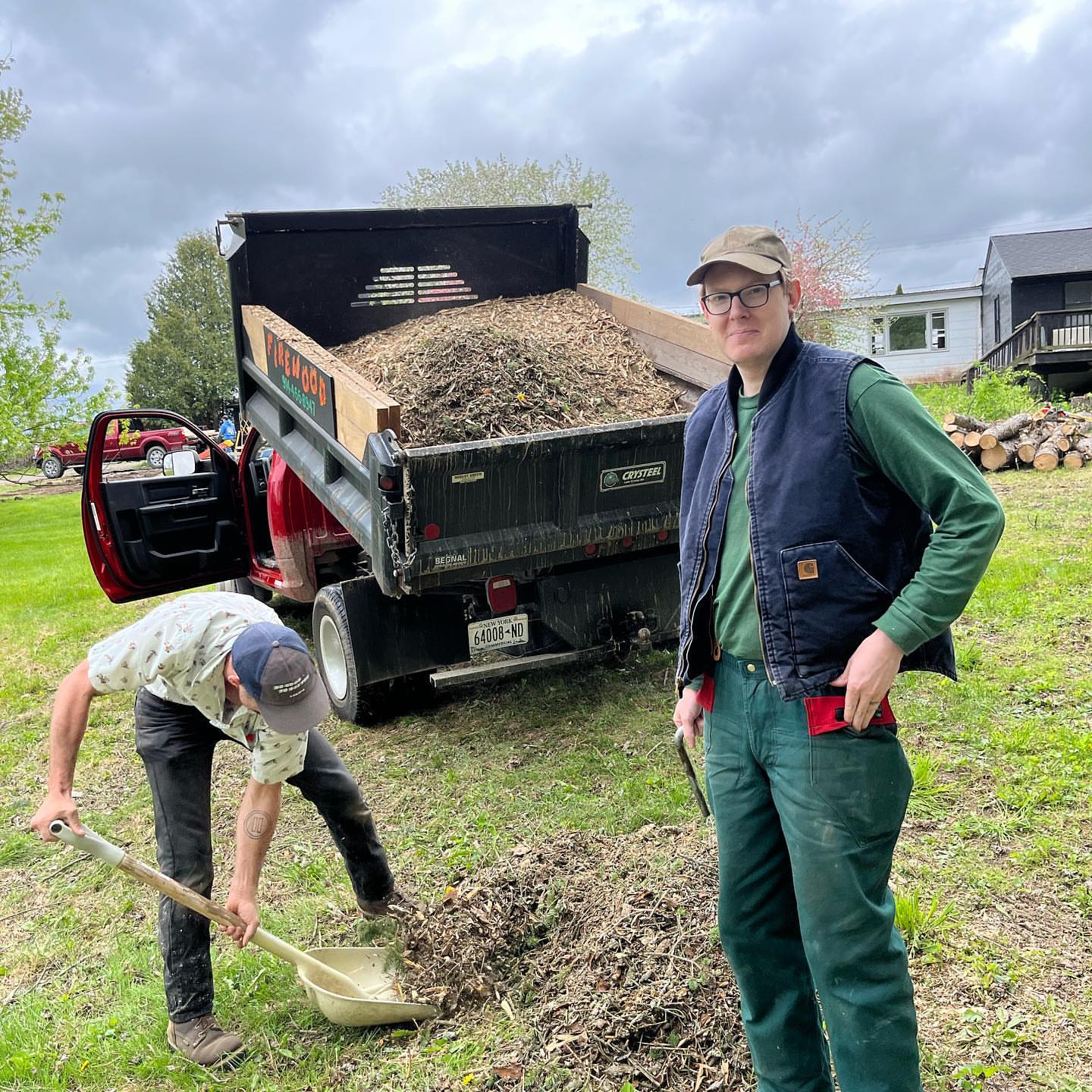

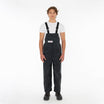
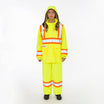
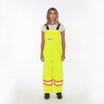
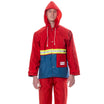
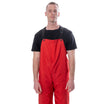


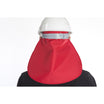

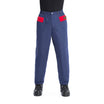
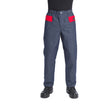
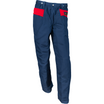
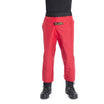

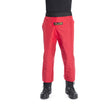
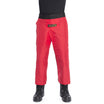

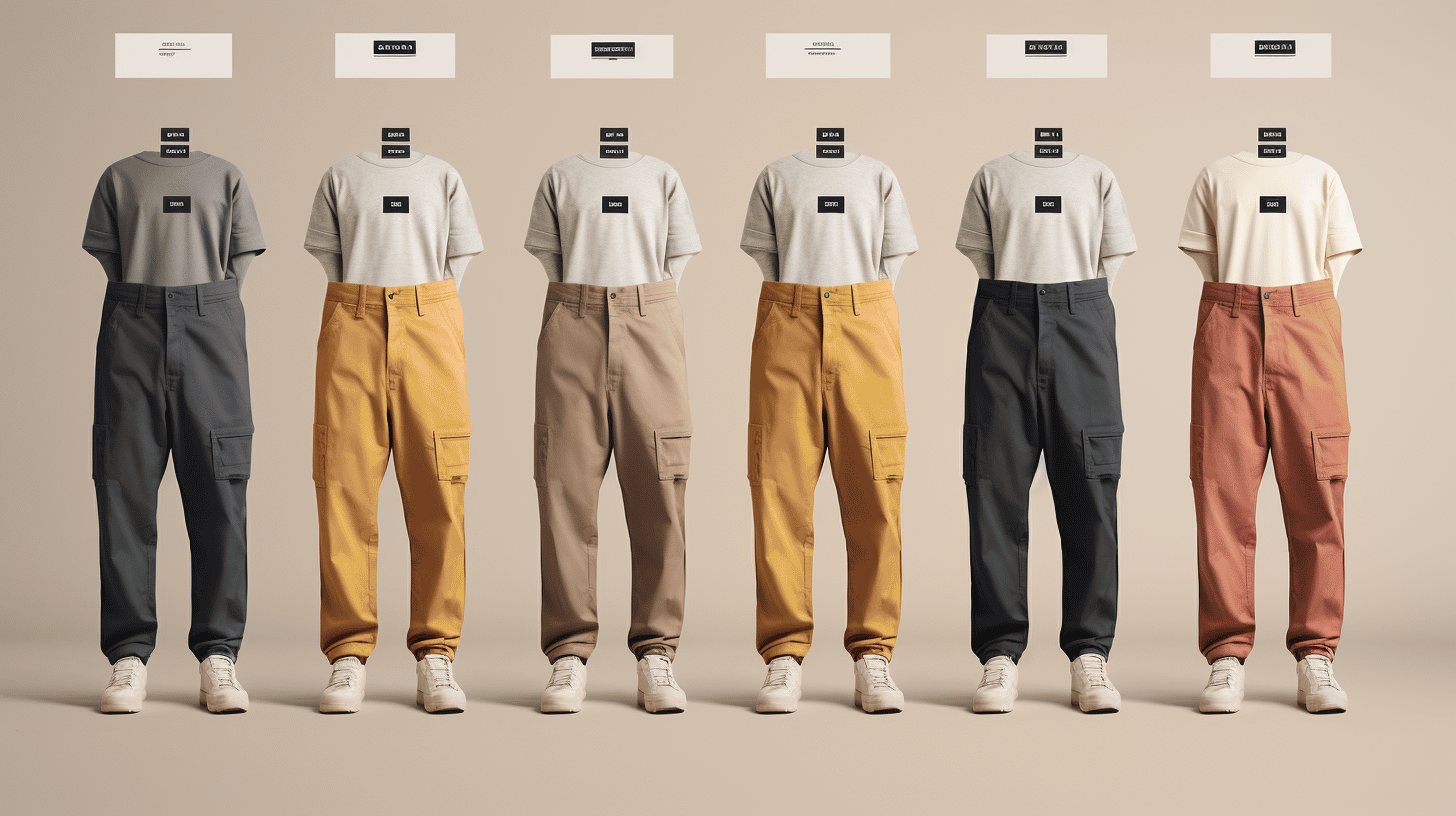
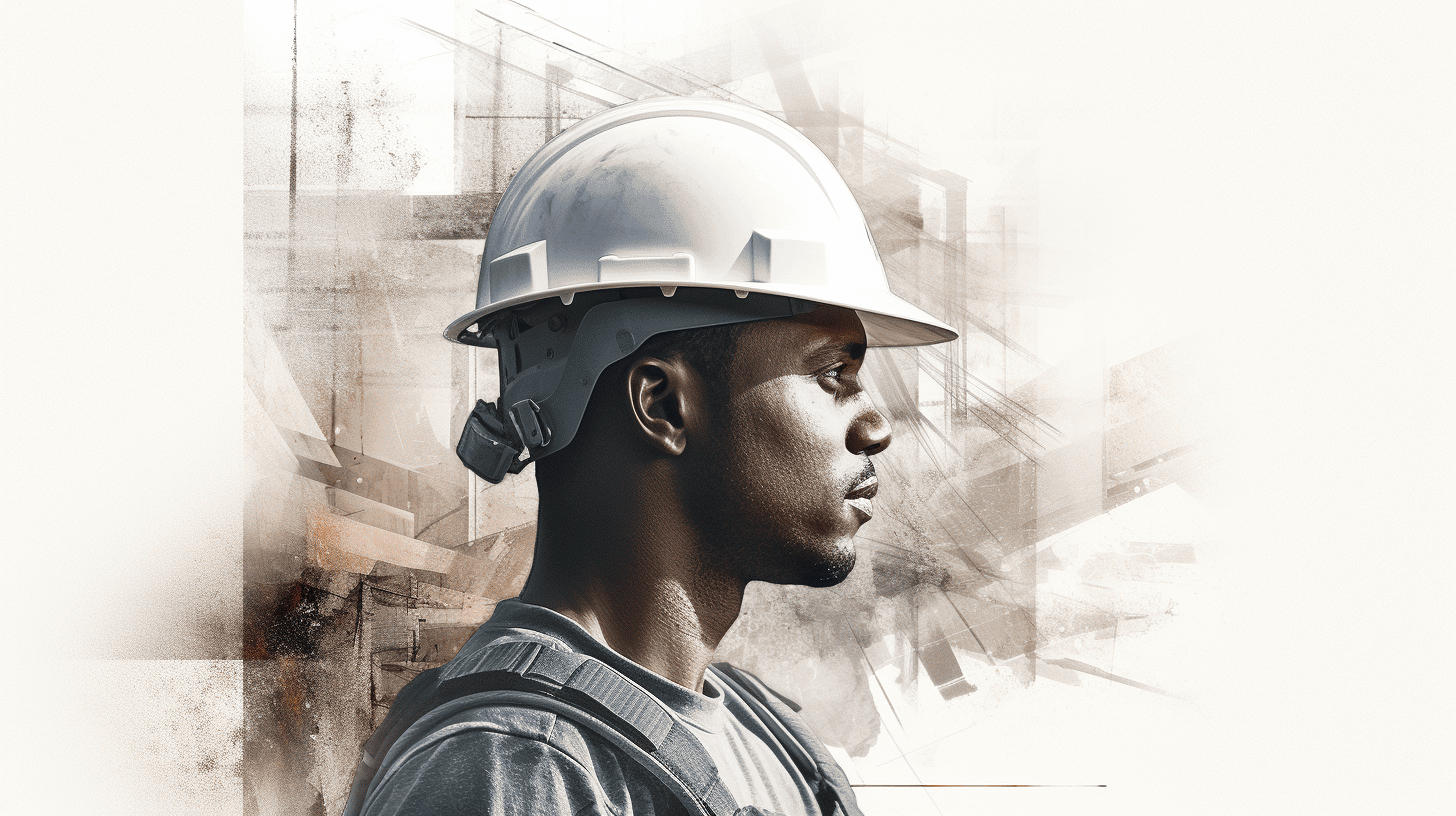
Leave a comment
This site is protected by hCaptcha and the hCaptcha Privacy Policy and Terms of Service apply.